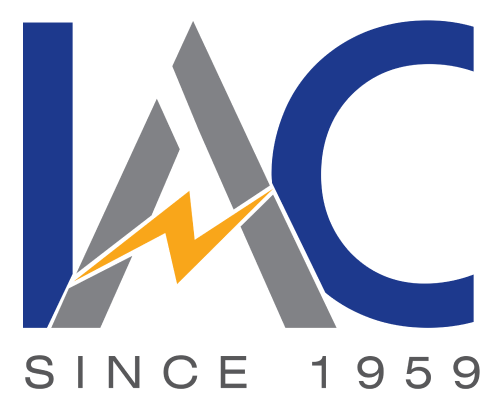Transmission lines are the backbone of our electricity grid, silently transporting power across vast distances. But these vital structures can become unwitting hazards for birds. Collisions with power lines and nesting on transmission towers can cause power outages, equipment damage, and even harm the birds themselves.
Bird guards play a crucial role in mitigating this conflict. By strategically placed deterrents, IAC Electrical, a bird guard manufacturer in India can ensure the continued reliable operation of the power grid while protecting avian populations. However, with various birdguard options available, selecting the most effective solution can be a challenge. This blog equips you with the knowledge to choose the best bird guards for your transmission lines.
Understanding Bird Behavior: The Key to Effective Deterrence
The first step is understanding the target audience – the birds! Different species have varying habits and preferences when it comes to perching and nesting. Here are the top factors to consider:
- Bird size: Larger raptors require more robust guards compared to smaller songbirds.
- Nesting habits: Species that build bulky nests require specific deterrents to discourage construction on towers.
- Perching behavior: Birds that prefer sitting on flat surfaces need guards that physically prevent perching.
Types of Bird Guards: A Targeted Approach
There’s no one-size-fits-all solution for bird guards. Here’s a breakdown of the most common types and their applications:
- Conductor Covers: These tubular guards encase the live conductors, creating a physical barrier that prevents birds from landing or making contact. They are ideal for deterring larger birds and reducing flashovers (accidental arcing caused by birds bridging the gap between conductors).
- Insulator Guards: These disc-shaped or pronged guards are placed around insulators, preventing birds from perching on these critical components. This helps to minimize the risk of flashovers caused by bird droppings or body contact.
- Nesting Deterrents: These come in various forms, such as wire spirals or mesh cages. They discourage birds from building nests on towers and cross-arms by making the surface unsuitable for nest construction.
- Visual Deterrents: These brightly colored or reflective guards utilize birds’ keen eyesight to keep them away. Flags, streamers, or raptor silhouettes can create a sense of danger and deter perching or nesting.
Choosing the Right Guard for the Right Place
Effective birdguard deployment involves a targeted approach. These are the factors to consider when selecting guards for specific locations on your transmission line:
- Line Voltage: Higher voltage lines require more robust guards with superior dielectric properties to withstand potential flashovers.
- Environmental Conditions: Guards need to be resistant to extreme weather conditions like strong winds, UV radiation, and icing.
- Accessibility: Consider ease of installation and maintenance when choosing guards, especially for remote or difficult-to-reach locations.
Beyond the Basics: Additional Considerations for Effective Bird Control
While selecting the right guard type is crucial, a holistic approach is essential for long-term success. These are few additional factors to consider:
- Compliance with Regulations: Ensure your chosen bird guards comply with relevant environmental and safety regulations.
- Long-Term Cost-Effectiveness: Consider the initial cost of the guards alongside installation, maintenance, and potential replacement costs.
- Collaboration with Avian Experts: Consulting with ornithologists or wildlife biologists can provide valuable insights into local bird populations and their behavior.
Additional Tips:
- Conduct pre-installation surveys to identify dominant bird species and their nesting locations.
- Regularly monitor the effectiveness of your bird control measures and adapt your strategy as needed.
- Explore environmentally friendly bird control methods whenever possible.
By following these steps, you can choose the best bird guards for your transmission lines, ensuring the continued smooth operation of the power grid while promoting avian safety and coexistence.
Conclusion: A Win-Win for Power and Nature
Bird guards are a vital tool for ensuring reliable power transmission while safeguarding bird populations.
By understanding bird behavior, selecting the appropriate guard types for specific applications, and adopting the best approach, IAC Electrical can achieve a win-win situation. With careful planning and implementation, bird guards can keep the lights on and the skies safe for our feathered friends.






